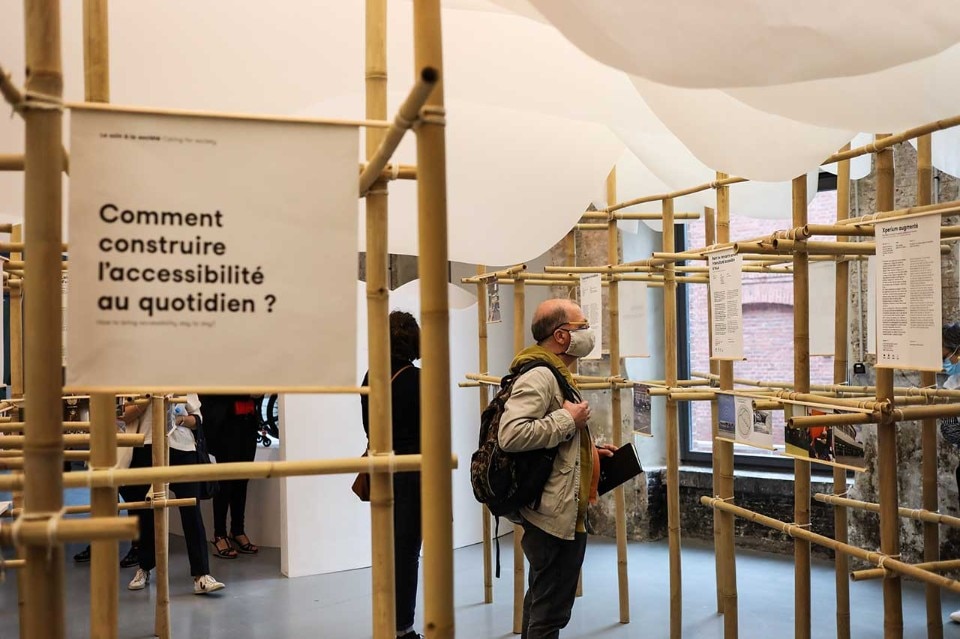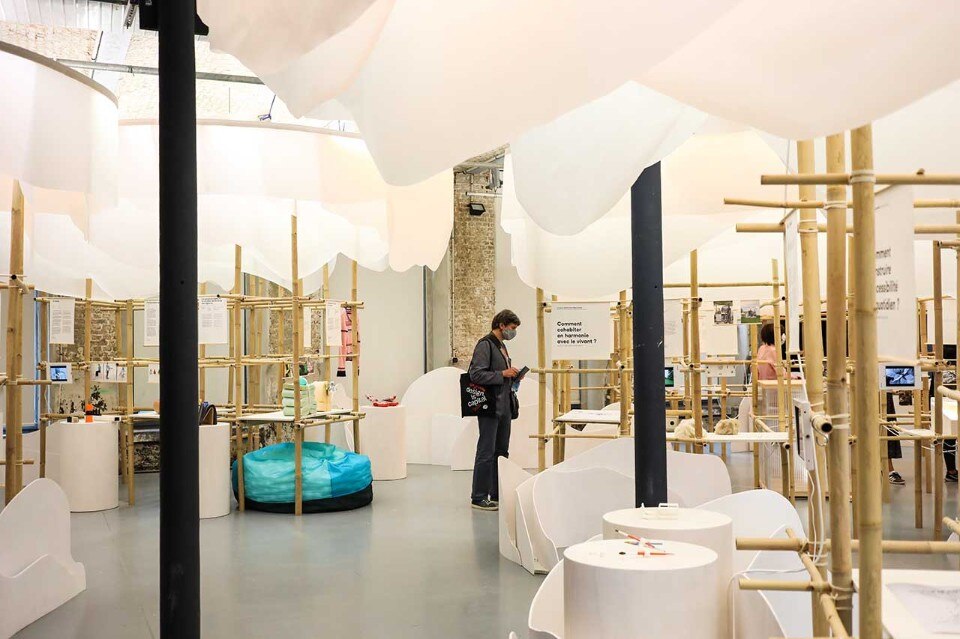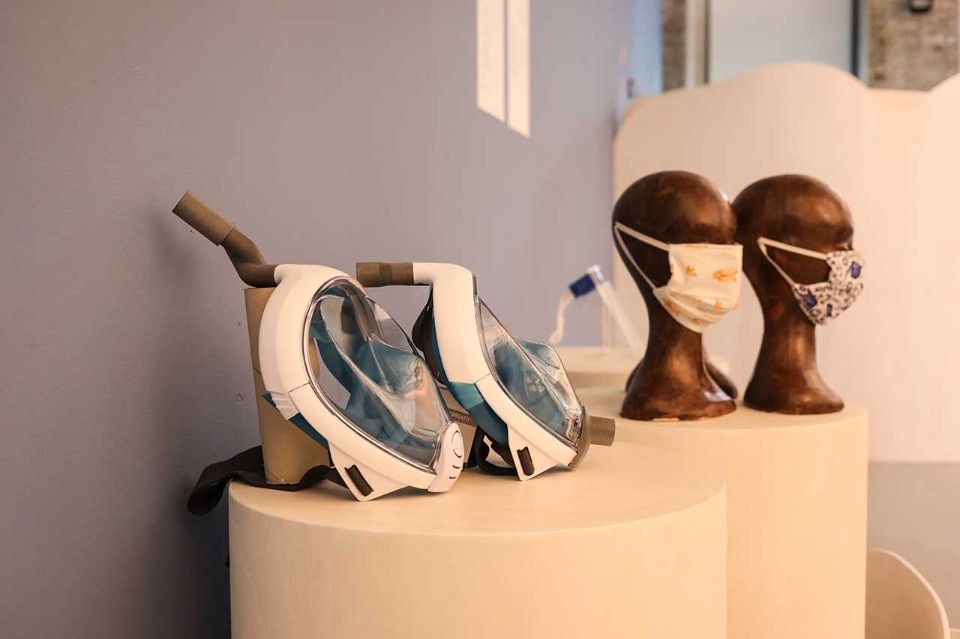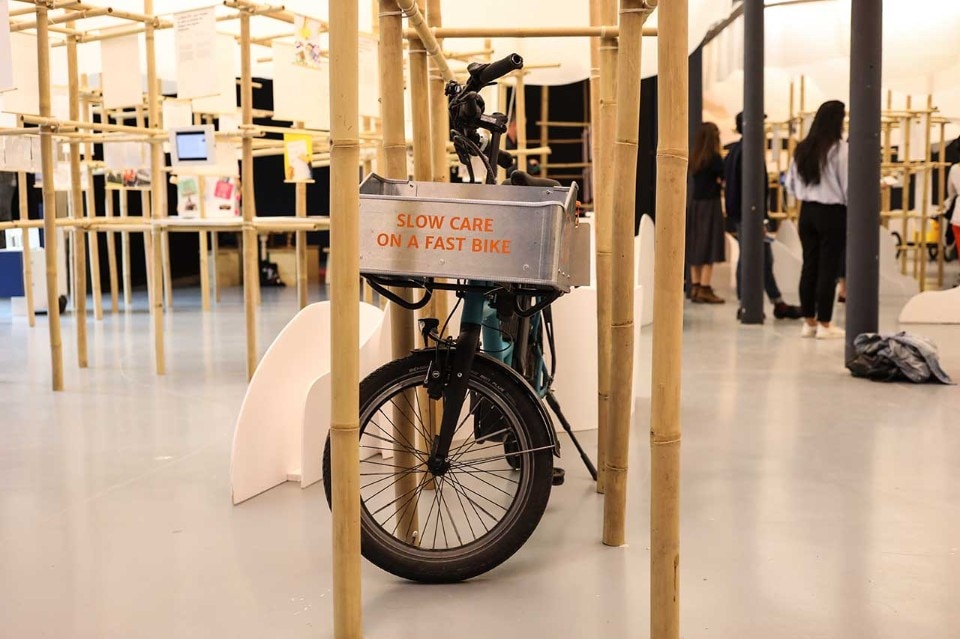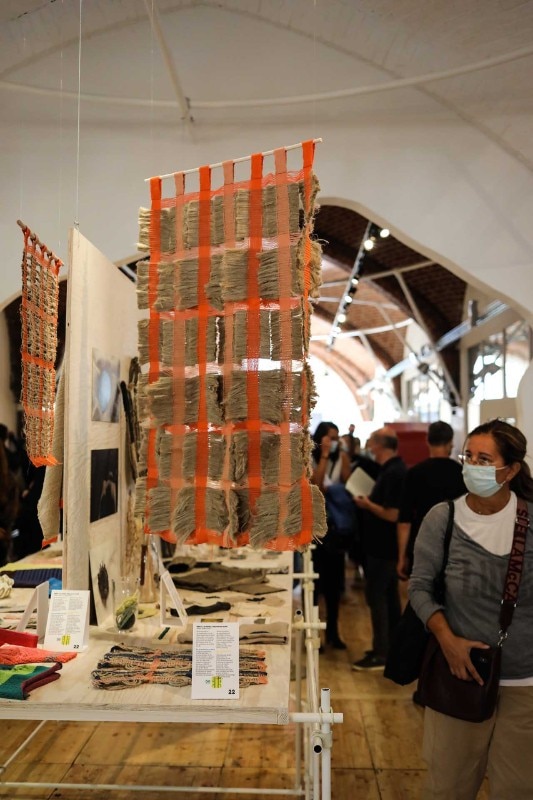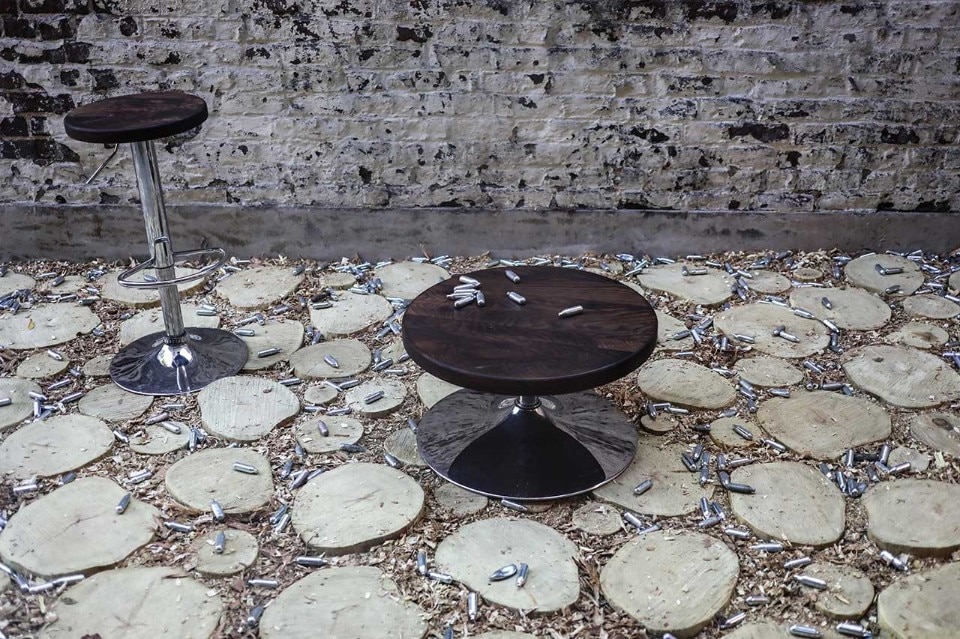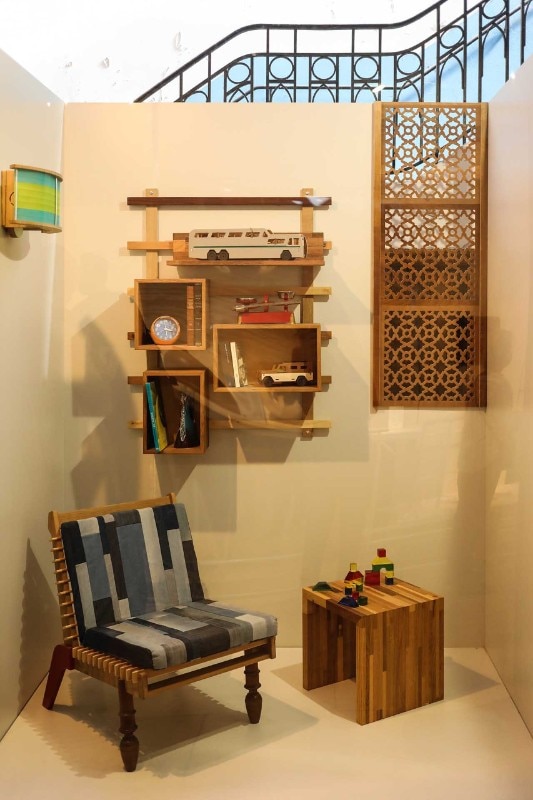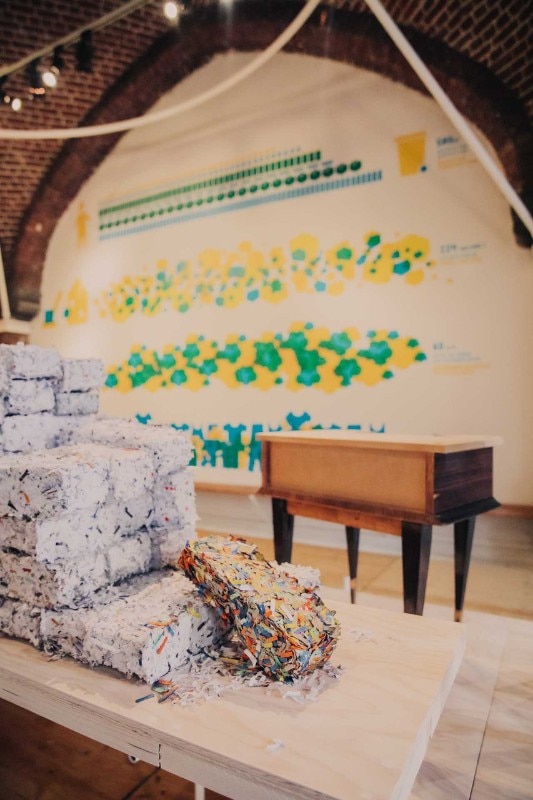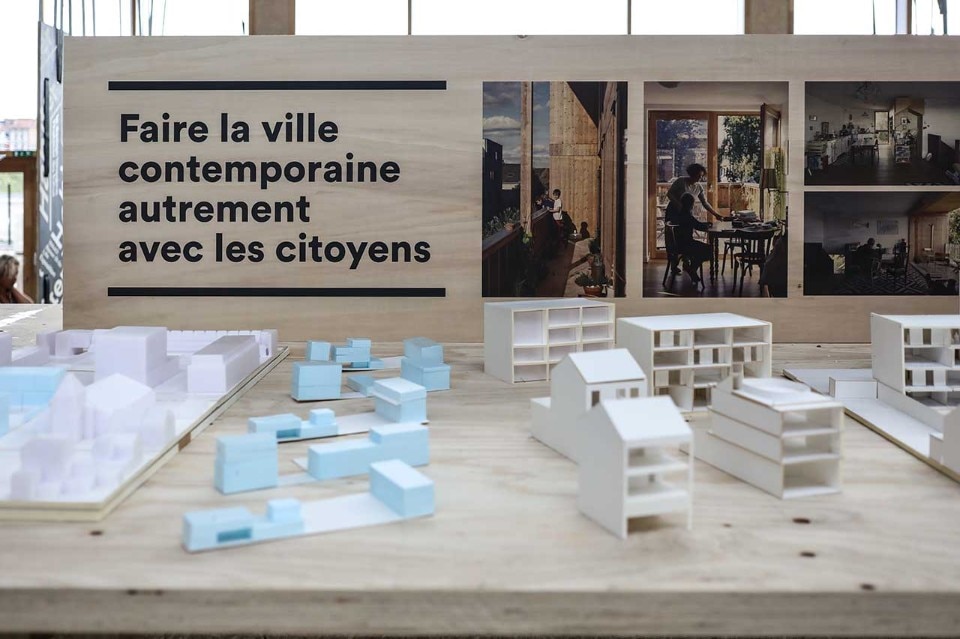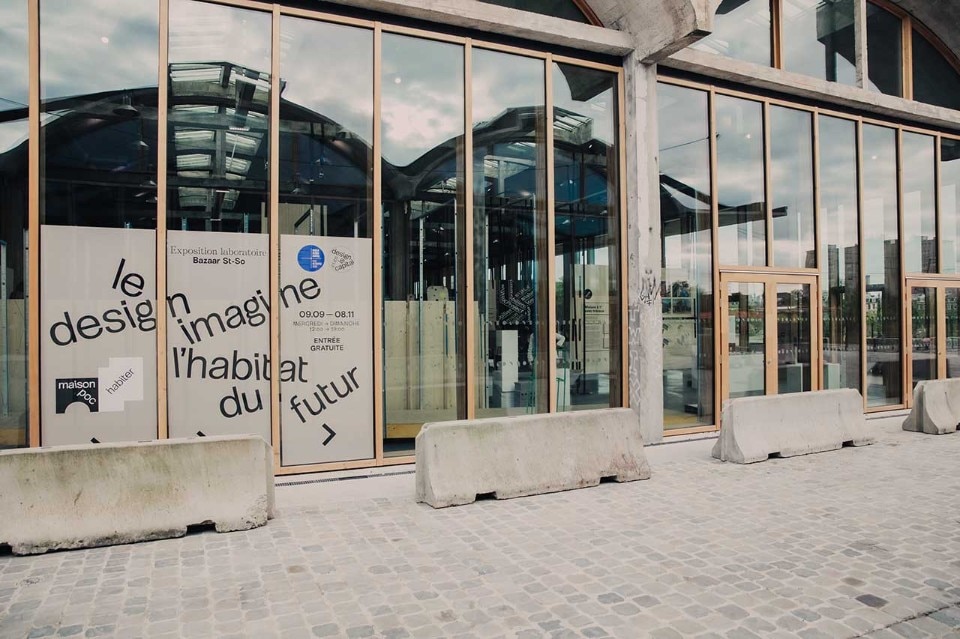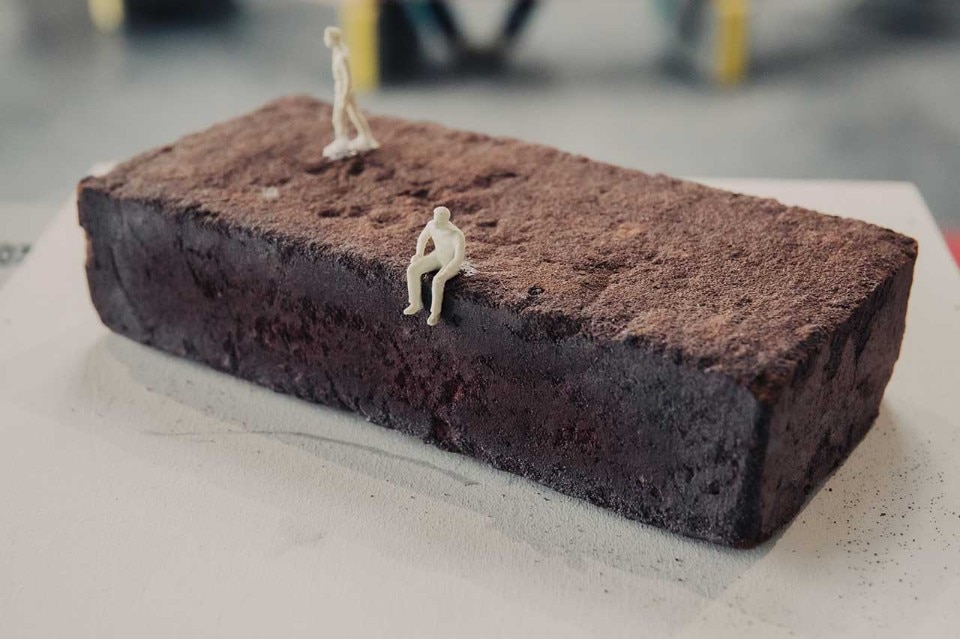This edition of Word Design Capital is no longer intended as a showcase, but rather as a way to relaunch an area through design. With this objective in mind, Lille Metropole 2020, World Design Capital, has transformed the POCs – that is, Proof of Concepts, used to determine the feasibility of an idea, a solution or a method – into a tool to relaunch a kind of design that is at the service of the community and the local area. Caroline Naphegyi, Program Director of Lille Metropole 2020, World Design Capital, told us more about it.
The projects presented in this edition are the result of a very long process.
In 2012, Lille Metropole created a platform called Lille Design, whose mission is to encourage the use of design as a means for economic development. I became the director of Lille Design in 2013, and until 2017 we tried to involve all the main clusters of the local economy – image, new technologies, textiles, new materials – by working in close collaboration with the main economic agents. However, as you know, in France the perception of design is closely linked to the decorative arts, while it’s much less linked to the everyday life. I could make the example of Decathlon in our area: it started out as a distribution brand, and today it boasts a team of 250 designers. This is an example that makes us understand how design is everywhere, and how its integration in the supply chain can bring value to the entire ecosystem. These considerations were the very basis of our application, which therefore did not aim to organize a cultural event, but rather to create a launching pad to better integrate design in the metropolitan area of Lille.
How did you put this vision into practice?
We established the Republique du Design, whose name is inspired by “La République des Arts” by Jacques Viénot, one of the founders of the WDO, and we launched a call for projects, mobilizing all the local companies and institutions and making sure that all the initiatives could benefit from the design intervention of a designer. So, we tried to structure the design chain at a local level, setting up an innovative ecosystem whose first results can be seen in the POC Maisons, where we show 250 of the 600 projects that were developed in that period.
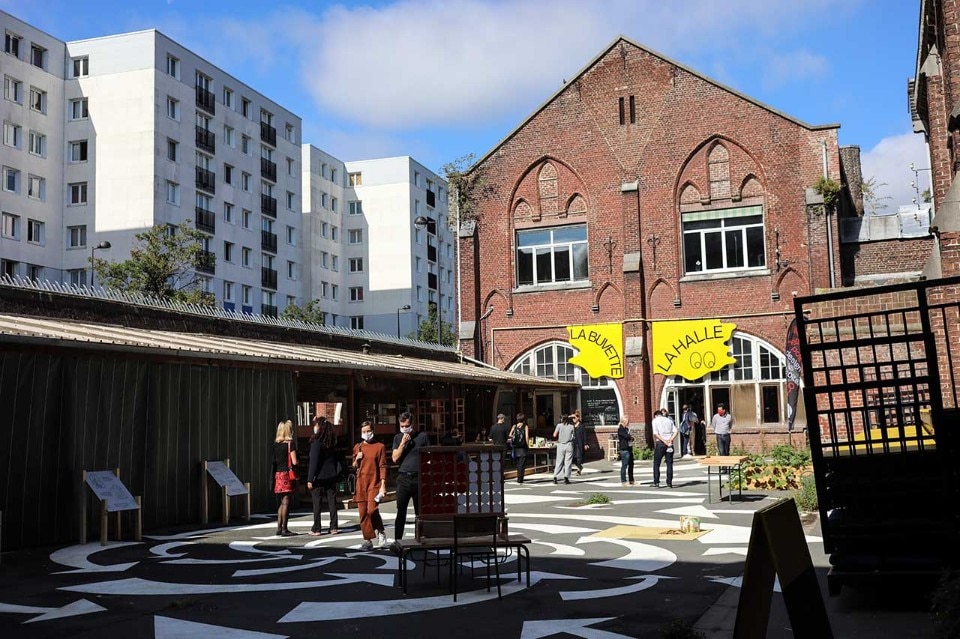
You described your 500 POCs (Proof of Concepts) as a form of “design acupuncture”. How did you decide to use POCs, which are a tool that is generally only used in the field of design thinking and service design?
When we launched our call for projects, we realized that the word ‘design’ is totally misunderstood by many participants in the value chain, who associate it with an equation between investment and short-term effects. On the contrary, in the language of business and innovation, the Proof of Concept is a familiar term. When filing the applications, the POC was a way of inventing a new language that would later become the language of the World Capital: if you want to participate, you have to develop a POC. You do not know what it is? We are here to explain it to you. That’s why we went physically to Lille – including the villages, because this is an agricultural territory – to show this approach and explain how to develop one. It is from the direct experience of the development of a POC that so many people have approached the culture of design. This was a mission of acculturation in both senses: that of those who develop the project, and that of those who will become the end users.
What will happen to these POCs at the end of the event?
This is a central theme: this is just the beginning; we must continue to democratize this vision of POCs and design. This autumn, around each POC House it will be possible to explore specific themes and meet with experts. Then there will be the POC Awards, which will take place on October 24th: led by President Luisa Bocchietto, the jury will have to explain, like for the Césars, why a specific POC is so important for the territory. The aim is to highlight 21 case studies that will then lead us to write, together with WDO, the White Paper on the transformation of the territory through design, so that this experience can continue after 2020.
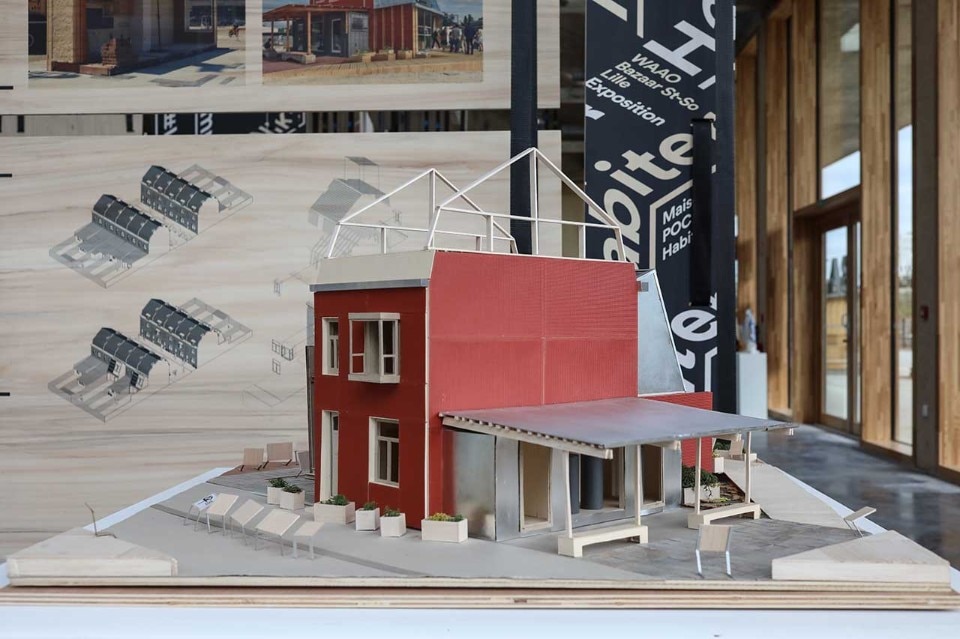
The spirit of co-design animates Lille as the World Design Capital. In your opinion, is there a populist risk in giving decision-making power to users without any particular design awareness?
We have always said that there can be no POCs without designers, and that the methodologies we put in place are not there to replace the skills and knowledge of the designer. The goal was to promote a design management that addresses everyone, linked to everyday life, but always accompanied by a design practice made on a professional level.
Let’s pretend you are a design acupuncturist: which nerve centre would you consider appropriate to stimulate?
The image of acupuncture is really interesting, because when you place a needle somewhere, you actually connect the whole system. For me, there are many components: politics, the status of designers, which in France still belongs to the Maison des Artistes, schools – and here in Lille, it would be very interesting to create a POC school – companies and citizens, because it is for them that we created this project. It is important not to isolate these objectives, the design vision is global. Did I answer your question, or would you have liked me to pick just one nerve centre?
Let me put it another way: is there a nerve centre that it more strategic than others?
The promotion of design needs tangible elements: what is missing today in our ecosystem is a place where things can be created. For this reason, the right acupuncture point would be the one that creates a hybrid place that is a mix of a school, a place of exhibition, a meeting point for designers, a material stock. In order for the effects of Lille Capitale du Design to be permanent, we need a place that is durable and capable to invent itself: it cannot be a school or a museum, it must be practical and collective, because the world is always changing, and we need to favor a dynamic of connections and interactions between territories.
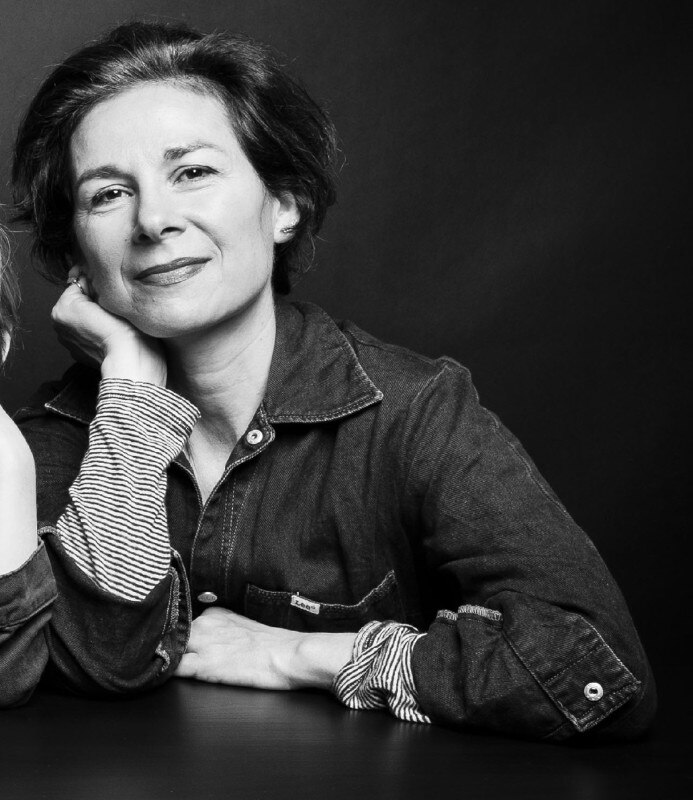
Opening picture: Maison POC Care. Photo Anouk Desury
- Location:
- Lille
- Program:
- World Design Capital
- Year:
- 2020




